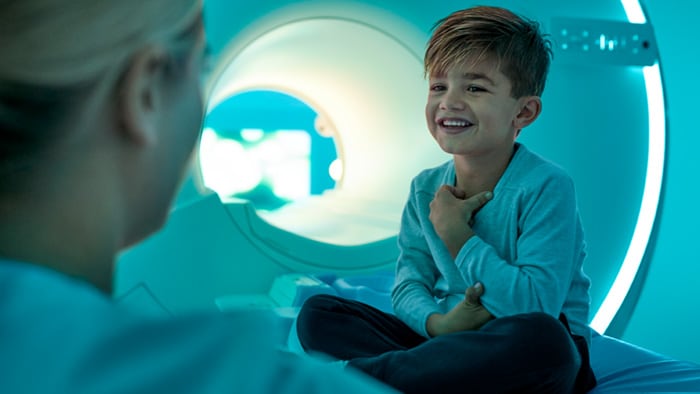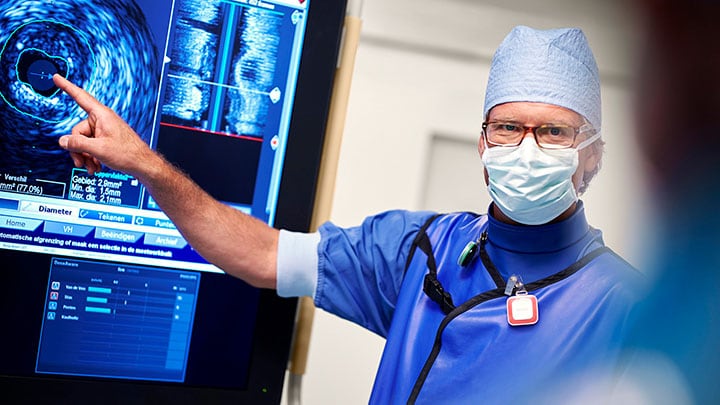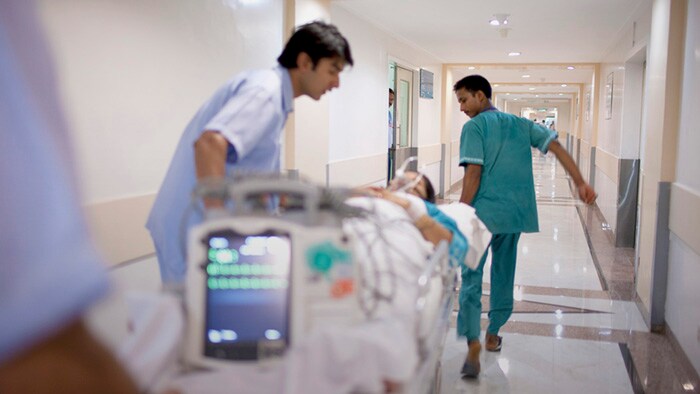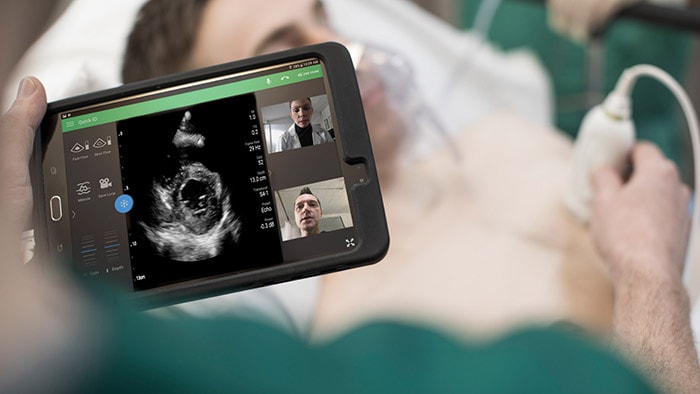I recently spoke to an experienced interventional cardiologist who was able to offer over-the-shoulder guidance to one of his peers during a complex procedure – while both were on different sides of the globe. It’s amazing to think how futuristic this would have seemed just two years ago. Today, this kind of virtual collaboration is already emerging as a new reality in the wake of the pandemic. At Philips, we have long been committed to innovating cardiac care together with our partners. Forging stronger clinical collaboration has always been a big part of that, whether it’s across care settings, clinical specialties, or – as in this case – geographic locations. Every patient deserves the best possible care for their specific needs. And in complex cardiac conditions, that requires an orchestrated effort which transcends physical and clinical boundaries. Cardiac care teams need to have the right information and support available at their fingertips, across the entire patient journey – all the way from emergency care to diagnosis, treatment, and care in the home. We’re helping to make that happen. At every step of the way. All with the aim of improving outcomes and lowering cost of care, while improving patient and staff experience.
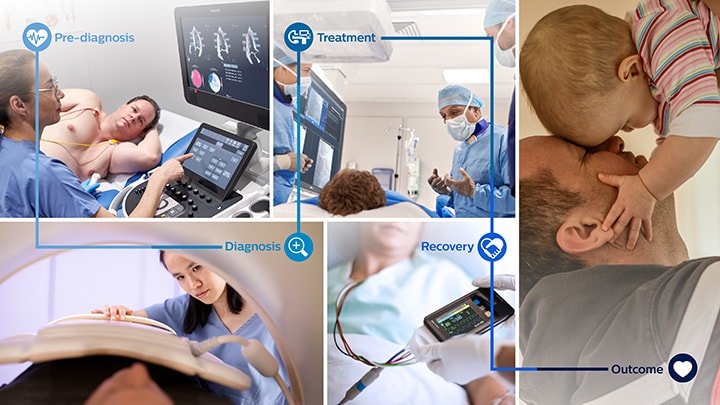
Developing platforms for virtual collaboration is just one way we are doing that. Because in this new interconnected world, I believe it’s not one single technology that will have the largest impact. Rather, it’s the integration of different technologies and data sources that allows us to make a real difference to cardiac care teams and their patients. No more data silos. No more barriers to collaboration. It’s a formidable challenge. But just imagine the opportunities. Especially if we are able to add intelligence to all that combined data for enhanced diagnostic confidence and more personalized treatment. That’s why we continue to innovate in smart diagnostic solutions for cardiac care – supported by a strong and secure informatics backbone that brings together patient data in one comprehensive view, spanning the full patient’s history. Similarly, in treatment, we are integrating different types of patient data at the tableside to help interventional cardiologists decide, guide, treat, and confirm successful outcomes. And we are also doubling down on our efforts to connect cardiac care teams to patients at home. Our recent acquisition of BioTelemetry – a leading provider of remote cardiac monitoring solutions – is a great example of that. We will need to find the optimal balance between virtual and in-person care. Yet one thing’s for sure: remote patient monitoring is here to stay. It has been a challenging year for cardiac care providers worldwide. But with the resilience and inventiveness that has been on display throughout the pandemic, I am convinced that cardiology departments will emerge even stronger than before. And above all, more connected. We are here to partner with you on that journey.
Share on social media
Topics
Author

Bert van Meurs
Chief Business Leader of Image Guided Therapy, Chief Business Leader of Precision Diagnosis (ad interim) Bert van Meurs is Chief Business Leader of Image Guided Therapy, Chief Business Leader of Precision Diagnosis (ad interim), and is responsible for Diagnosis & Treatment. He is also a member of the Royal Philips Executive Committee.
Follow me on



